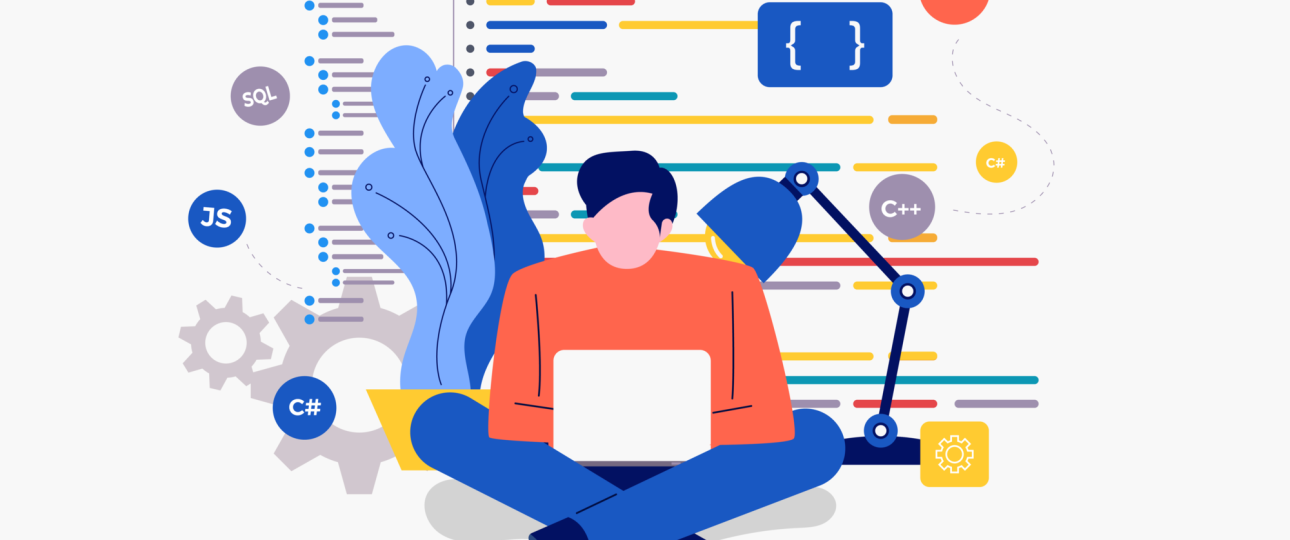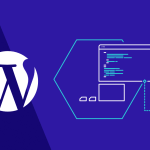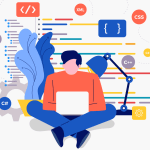The programming languages are continuously evolving with the advancement in technology. As technology continues to advance, programming languages are constantly adapting to meet the needs of developers and businesses. Before moving to top 5 programming languages in 2021, have a look at the trends that are shaping the future of programming languages.
Table of Contents
ToggleKey Trends
- Artificial Intelligence and Machine Learning: With the rise of AI and machine learning, programming languages that are designed to support these technologies are becoming more popular. Languages like Python, R, and Julia are commonly used in data science and machine learning projects.
- Low-Code and No-Code Platforms: As demand for software development continues to grow, low-code and no-code platforms are becoming more popular. These platforms allow users to build applications without needing to write code, which can speed up development time and reduce the need for specialized programming skills.
- Quantum Computing: Quantum computing is still in its early stages, but it has the potential to revolutionize the way we process information. Languages like Q# and Quipper are being developed specifically for quantum computing.
- Cross-Platform Development: With the rise of mobile devices and the Internet of Things (IoT), cross-platform development has become increasingly important. Languages like JavaScript, React Native, and Xamarin allow developers to build applications that can run on multiple platforms with minimal modifications.
- Functional Programming: Functional programming has been around for decades, but it’s becoming more popular as developers look for ways to write code that’s easier to maintain and debug. Languages like Haskell, Clojure, and Scala are all designed to support functional programming paradigms.
Top 5 Programming Languages
Here are top 5 programming languages to learn in 2021:
1. Python
Python has consistently been one of the most popular programming languages for several years now. It’s widely used in a variety of fields, including web development, data science, artificial intelligence, machine learning, and more. Its simple syntax and vast library of resources make it a great language for beginners to learn.
References:
- Python official website: https://www.python.org/
- Python documentation: https://docs.python.org/3/
- Python tutorial on W3Schools: https://www.w3schools.com/python/
2. JavaScript
JavaScript is the language of the web and is used to create dynamic and interactive web applications. It’s used on both the front-end and back-end of web development, as well as in game development and desktop applications. Its popularity is due to its versatility, as well as the fact that it’s supported by all modern web browsers.
References:
- JavaScript official website: https://www.javascript.com/
- JavaScript documentation on Mozilla Developer Network: https://developer.mozilla.org/en-US/docs/Web/JavaScript
- JavaScript tutorial on Codecademy: https://www.codecademy.com/learn/introduction-to-javascript
3. Java
Java is a popular language for enterprise and large-scale applications, such as Android mobile app development, web development, and back-end development. It’s known for its stability, security, and performance, and is widely used in the finance and banking industries.
References:
- Java official website: https://www.java.com/en/
- Java documentation: https://docs.oracle.com/en/java/
- Java tutorial on Baeldung: https://www.baeldung.com/java-tutorial-introduction
4. Kotlin
Kotlin is a relatively new programming language that’s quickly gaining popularity, particularly in Android app development. It’s similar to Java but with a more concise and modern syntax, making it easier to learn and more efficient to write.
References:
- Kotlin official website: https://kotlinlang.org/
- Kotlin documentation: https://kotlinlang.org/docs/home.html
- Kotlin tutorial on Ray Wenderlich: https://www.raywenderlich.com/153610/kotlin-tutorial-getting-started
5. Rust
Rust is a systems programming language that’s designed for speed, reliability, and safety. It’s used in projects that require high performance and low-level control, such as operating systems, web browsers, and game engines. Rust’s memory management system ensures that code is safe from common programming errors like null references and buffer overflows.
References:
- Rust official website: https://www.rust-lang.org/
- Rust documentation: https://doc.rust-lang.org/
- Rust tutorial on Rust by Example: https://doc.rust-lang.org/stable/rust-by-example/
As technology continues to evolve, programming languages will continue to adapt to meet the needs of developers and businesses. It’s an exciting time to be a programmer, and the future looks bright for those who are willing to adapt and learn.














